Kumamoto Japan  SPRING
TRAVEL LOG vol.2
SPRING
TRAVEL LOG vol.2

Logged by Garth “Kakeru” Crouch
A travel writer and translator who explores “off the beaten path” Japan.
Amakusa
OVERVIEW
Located in the southwestern area of Kumamoto Prefecture, the Amakusa Region is an archipelago of islands steeped in history, natural beauty, and abundant in places of relaxation.
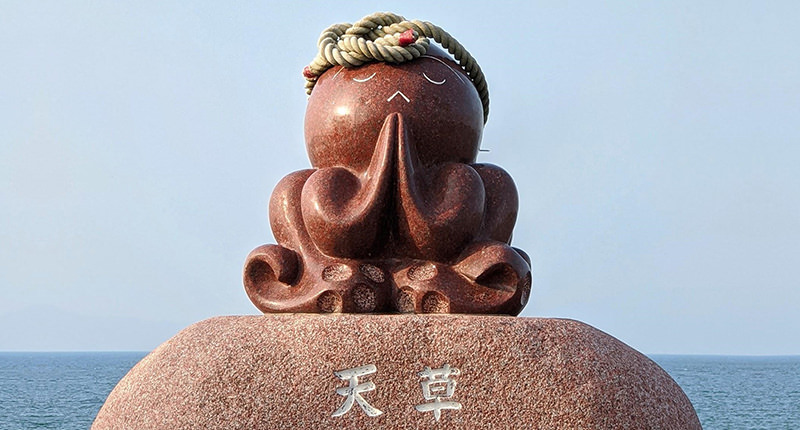
Amakusa
Located about 60km (approx. 1 hour by train) from Kumamoto City, the islands of Amakusa are connected to the mainland by bridges and ferry services. Thanks to its beaches and fresh seafood, Amakusa is a popular destination for Japanese families heading on summer vacation. However, the island views, hot springs, food, history, and abundance of wild dolphins make it a great destination to visit any time of the year!

Amakusa is also known for its unique historical heritage, having been the location of Hidden Christian villages during the Edo Period, when being a Christian could cost you your life.
Five Bridges of Amakusa

One of the best things to do in countryside Japan is drive! This goes for all of Kumamoto Prefecture but is a must through the scenic Amakusa Region. The Five Bridges of Amakusa (called Amakusa Gokyo in Japanese), built in the 1960s, connect the bigger islands and offer amazing views to those who drive across them!

There are small islands covered in pine trees, blue-green seas, yellow beaches, quaint fishing towns and more to see. As Amakusa faces the west, sunsets are also said to be quite impressive here.

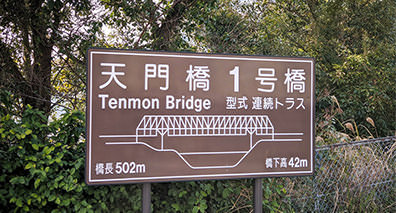
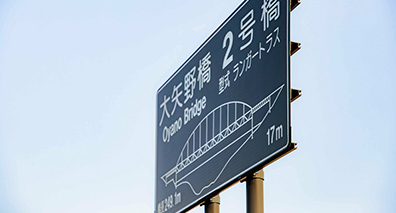
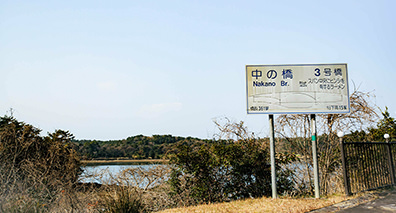
The Five Bridges connect the islands of Misumi, Oyano, Nagaurajima, Oikejima, Maejima and Amakusa Kamishima.
All completed in 1966, the 5 Bridges are:
First Bridge - Tenmon Bridge
The highest above sea level
Second Bridge - Oyano Bridge
Distinguishable by its yellow arch

Oyano Bridge --- Amakusa City
Third Bridge - Nakano Bridge
A precast concrete bridge

Nakano Bridge"/kumamoto-japan/img"/kumamoto-japan/img"/kumamoto-japan/img"/kumamoto-japan/img"/kumamoto-japan/img"/kumamoto-japan/img"/kumamoto-japan/img"/kumamoto-japan/img"/kumamoto-japan/img"/kumamoto-japan/img"/kumamoto-japan/img"/kumamoto-japan/img"/kumamoto-japan/img"/kumamoto-japan/img"/kumamoto-japan/img"/kumamoto-japan/img"/kumamoto-japan/img"/kumamoto-japan/img"/kumamoto-japan/img"/kumamoto-japan/img"/kumamoto-japan/img"/kumamoto-japan/img"/kumamoto-japan/img"/kumamoto-japan/img"/kumamoto-japan/img"/kumamoto-japan/img"/kumamoto-japan/img"/kumamoto-japan/img"/kumamoto-japan/img"/kumamoto-japan/img"/kumamoto-japan/img"/kumamoto-japan/img"/kumamoto-japan/img"/kumamoto-japan/img"/kumamoto-japan/img"/kumamoto-japan/img"/kumamoto-japan/img"/kumamoto-japan/img"/kumamoto-japan/img"/kumamoto-japan/img"/kumamoto-japan/img"/kumamoto-japan/img"/kumamoto-japan/img"/kumamoto-japan/img"/kumamoto-japan/img"/kumamoto-japan/img"/kumamoto-japan/img"/kumamoto-japan/img"/kumamoto-japan/img"/kumamoto-japan/img"/kumamoto-japan/img"/kumamoto-japan/img"/kumamoto-japan/img"/kumamoto-japan/img"/kumamoto-japan/img"/kumamoto-japan/img"/kumamoto-japan/img"/kumamoto-japan/img"/kumamoto-japan/img"/kumamoto-japan/img"/kumamoto-japan/img"/kumamoto-japan/img"/kumamoto-japan/img"/kumamoto-japan/img"/kumamoto-japan/img"/kumamoto-japan/img"/kumamoto-japan/img"/kumamoto-japan/img"/kumamoto-japan/img"/kumamoto-japan/img"/kumamoto-japan/img"/kumamoto-japan/img"/kumamoto-japan/img"/kumamoto-japan/img"/kumamoto-japan/img"/kumamoto-japan/img"/kumamoto-japan/img"/kumamoto-japan/img"/kumamoto-japan/img"/kumamoto-japan/img"/kumamoto-japan/img"/kumamoto-japan/img"/kumamoto-japan/img"/kumamoto-japan/img"/kumamoto-japan/img"/kumamoto-japan/img"/kumamoto-japan/img"/kumamoto-japan/img"/kumamoto-japan/img"/kumamoto-japan/img"/kumamoto-japan/img"/kumamoto-japan/img"/kumamoto-japan/img"/kumamoto-japan/img"/kumamoto-japan/img"/kumamoto-japan/img"/kumamoto-japan/img"/kumamoto-japan/img"/kumamoto-japan/img"/kumamoto-japan/img"/kumamoto-japan/img"/kumamoto-japan/img"/kumamoto-japan/img"/kumamoto-japan/img"/kumamoto-japan/img"/kumamoto-japan/img"/kumamoto-japan/img"/kumamoto-japan/img"/kumamoto-japan/img"/kumamoto-japan/img"/kumamoto-japan/img"/kumamoto-japan/img"/kumamoto-japan/img"/kumamoto-japan/img"/kumamoto-japan/img"/kumamoto-japan/img"/kumamoto-japan/img"/kumamoto-japan/img"/kumamoto-japan/img"/kumamoto-japan/img"/kumamoto-japan/img"/kumamoto-japan/img"/kumamoto-japan/img"/kumamoto-japan/img"/kumamoto-japan/spring"/kumamoto-japan/img"/kumamoto-japan/img"/kumamoto-japan/img"/kumamoto-japan/spring"/kumamoto-japan/img"/kumamoto-japan/img"/kumamoto-japan/img"/kumamoto-japan/img"/kumamoto-japan/img"/kumamoto-japan/spring"/kumamoto-japan/img"/kumamoto-japan/img"/kumamoto-japan/img"/kumamoto-japan/img"/kumamoto-japan/img"/kumamoto-japan/summer"/kumamoto-japan/img"/kumamoto-japan/img"/kumamoto-japan/img"/kumamoto-japan/summer"/kumamoto-japan/img"/kumamoto-japan/img"/kumamoto-japan/img"/kumamoto-japan/img"/kumamoto-japan/img"/kumamoto-japan/summer"/kumamoto-japan/img"/kumamoto-japan/img"/kumamoto-japan/img"/kumamoto-japan/img"/kumamoto-japan/img"/kumamoto-japan/autumn"/kumamoto-japan/img"/kumamoto-japan/img"/kumamoto-japan/img"/kumamoto-japan/autumn"/kumamoto-japan/img"/kumamoto-japan/img"/kumamoto-japan/img"/kumamoto-japan/img"/kumamoto-japan/img"/kumamoto-japan/autumn"/kumamoto-japan/img"/kumamoto-japan/img"/kumamoto-japan/img"/kumamoto-japan/img"/kumamoto-japan/img"/kumamoto-japan/winter"/kumamoto-japan/img"/kumamoto-japan/img"/kumamoto-japan/img"/kumamoto-japan/winter"/kumamoto-japan/img"/kumamoto-japan/img"/kumamoto-japan/img"/kumamoto-japan/img"/kumamoto-japan/img"/kumamoto-japan/winter"/kumamoto-japan/img"/kumamoto-japan/img"/kumamoto-japan/img"/kumamoto-japan/img"/kumamoto-japan/img"/kumamoto-japan/spring"/kumamoto-japan/cn"/kumamoto-japan/tw"/kumamoto-japan/kr"/kumamoto-japan/jp"/kumamoto-japan/_nuxt"/kumamoto-japan/_nuxt"/kumamoto-japan/_nuxt"/kumamoto-japan/_nuxt"/kumamoto-japan/_nuxt"/kumamoto-japan/_nuxt"/kumamoto-japan/_nuxt --- Amakusa City
Fourth Bridge - Maejima Bridge
The longest of the bridges at 510m

Maejima Bridge --- Amakusa City
Fifth Bridge - Matsushima Bridge
Easy to spot red-colour bridge
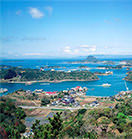
Matsushima Bridge --- Amakusa City

There are of course other bridges like Tenjo Bridge (runs parallel with Tenmon Bridge), which are not included in the famous 5, but still cool to look at!

Leisure cruises are available with tours that pass by the bridges.
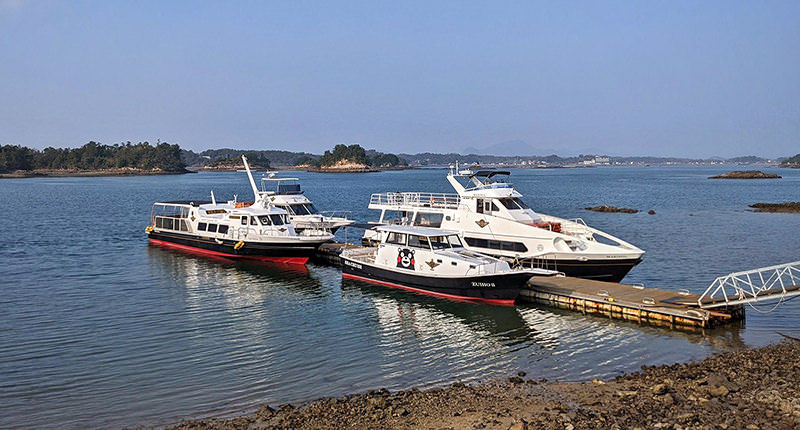
Dolphin Watching
The seas around the Amakusa area are said to be home to around 200 dolphins. There is an abundance of prey for the dolphins in the oceans here, which is why dolphin lovers have a 98% chance of seeing dolphins on one of the many dolphin watching cruises.
Bottlenose dolphins inhabit the waters of Amakusa year-round, so you don’t have to just limit yourself to the busy summer season. However, if you do choose to come in winter, make sure to have warm clothing like jackets, scarfs and gloves.
According to some company websites, dolphins can appear within the first 15 minutes of the trip. Between spring and autumn, there’s also a chance you may see dolphin calves.

There are several dolphin tour operators in Amakusa, and all are captained by experienced local fishermen who know the waters here like the back of their hands!
No matter how many times you’ve seen dolphins, they are just such a pleasure to watch.
Just enjoying the boat ride and the expansive view of the Amakusa Islands all the way out to the Fugendake Volcano of Unzen in neighboring Nagasaki Prefecture is a pleasure in itself.

It's important to remember that these dolphins are completely wild, so while the chance of encountering these beautiful sea creatures is high, there is no 100% guarantee.

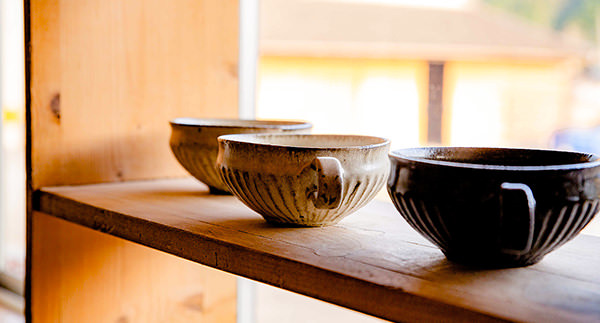
Ceramics
Amakusayaki or Amakusa Ware is a form of ceramics from the Amakusa Region of Kumamoto Prefecture. The region is abundant in high-quality porcelain clay, so ceramics and earthenware have been produced here for a long time, with some historic remains and documents pointing to production in the mid-1600s.

The clay from Amakusa is highly pliable and contains only very small amounts of iron and titanium, producing non-murky white porcelain and making it a great insulator against high-voltage electricity. Highly prised among potters in Japan, its electrical insulation properties mean it also plays a large role as a raw material in the power industry.
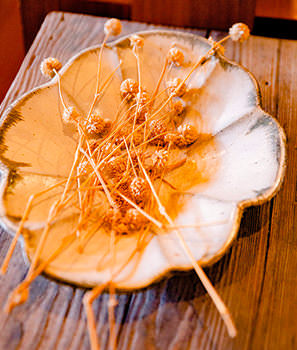
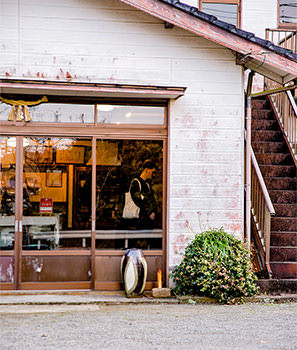
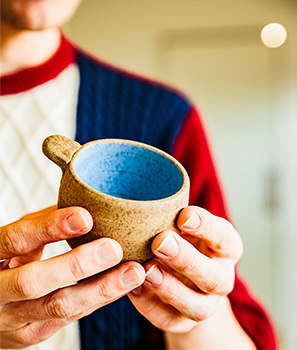
There are several different types of ceramics here, with different areas offering wares with different characteristics. While still staying true to their traditional heritage, the majority of the ceramics I found in stores were of a more modern design, making it easier to actually use the items you buy.
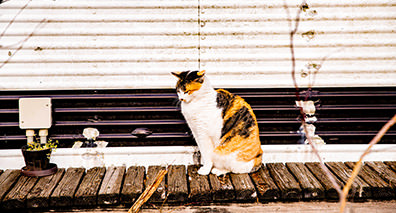
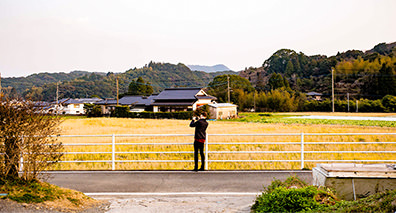
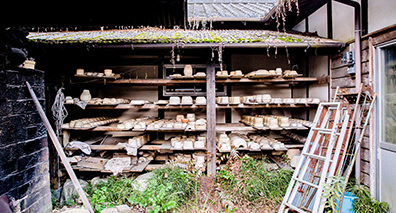
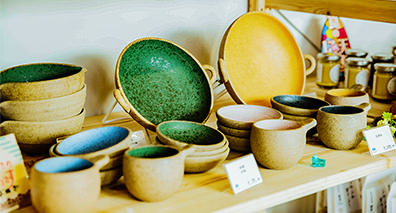
There is an abundance of fantastic little boutiques scattered across Amakusa, and exploring them all as you drive through the Amakusa countryside is a pleasure in itself.

There are four main styles in the Amakusa Area:
Takahama-yaki (Takahama Ware) - uses very pure clay creating clean white porcelain with cobalt blue designs.
Uchida-Sarayama-yaki (Uchida-Sarayama Ware) - not only white but also features celadon glazing.
Mizunodaira-yaki (Mizunodaira Ware) - features unique patterns and an attractive luster. Said to be the origin of the namako glaze technique in Japan.
Maruo-yaki (Maruo Ware) - produces tableware, vases and pots using a distinct local red clay.

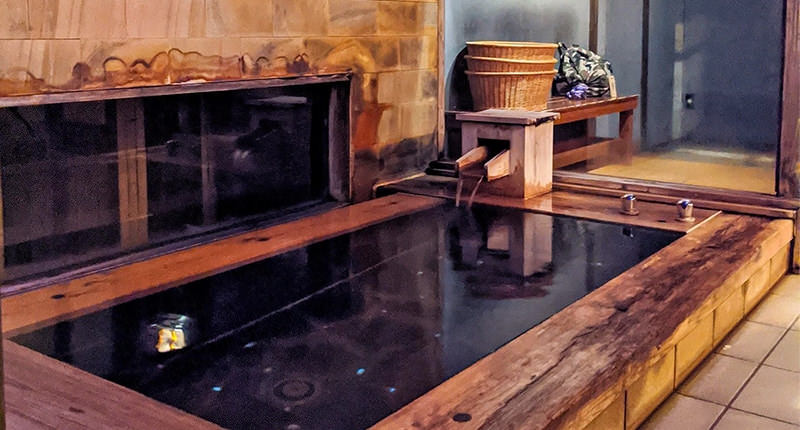
Hot Springs
I often think of mountains far away from the ocean when I think about hot springs, but here in Amakusa, you can have blue-green ocean views and island sunsets right from your natural hot spring bath! There’s even a bar with a hot spring foot bath here!
I was only able to try one hot spring facility in Amakusa, but it was so good that I will go back again!
Fed by the sodium chloride rich Amakusa Matsushima hot springs, the baths at Umi Hotaru are said to have a beautifying effect on the skin and be good for relieving joint and muscle pain. I’m not sure that I came out looking beautiful, but I did feel super refreshed after one of the most wonderful and affordable private onsen baths I’ve ever had!



Umi Hotaru’s 5 private semi-outdoor baths are generally available for bookings between 11am to 11pm, and it only cost me about ¥2,000 for 60 mins! If you’re a guest of adjoining Hotel Ryugu it’s half price!

For a really fun experience, make sure to check out the Foot Spa Bar inside Umi Hotaru! They offer a huge range of alcoholic beverages, including 40 kinds of Japanese shochu from all over Kyushu, which you can enjoy all while listening to jazz and soaking your feet in the natural hot spring foot bath.

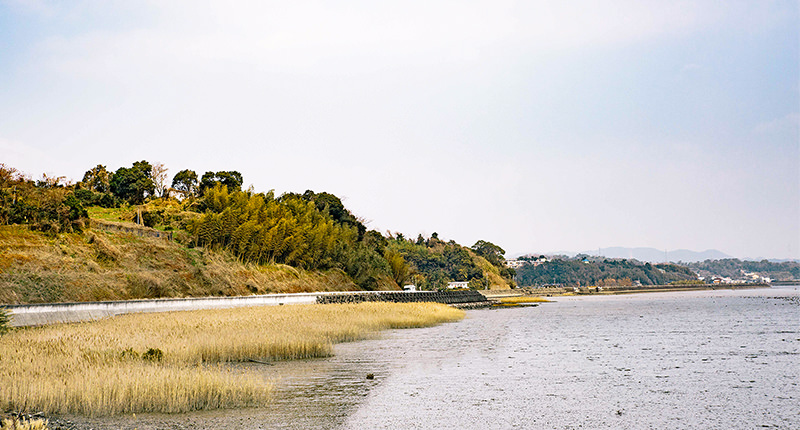
World Heritage History --- The story of the Hidden Christians
While Christianity spread across this part of Japan quite quickly, it was not welcomed by the ruling Shogunate. After a series of events, including a rebellion by the lower class in Amakusa and the nearby Shimabara Peninsula, Portuguese missionaries were expelled from the country and the religion was completely banned.
The crackdown by the shogunate included forcing those that were presumed to be Christian to stamp their foot on an image of Christ and renounce their religion. Those who didn’t were often tortured until they apostatized or were put to death.

The Christians in the Amakusa and Nagasaki region had to go underground or face harsh persecution. They found many ways to keep their faith alive while hiding their true identity. Hymns were disguised as Buddhist chants, statues of Mary were made to look like a Buddhist Kannon, while other Buddhist statues or objects were carved with a crucifix in hidden places.
This was the life of the Hidden Christians of Amakusa for over 200 years! It wasn’t until Japan reopened its borders to the outside world and were put under pressure by European countries that Japanese people were allowed to openly practice their faith.
In 2018, religious sites and villages relating to the Hidden Christians in Amakusa (and neighbouring Nagasaki Prefecture) were listed as World Heritage. You can still learn about their stories and see some of the artifacts from their turbulent history in museums today.
Summary
Amakusa is not a large area to cover and you could certainly do a day trip, but I think you’d be selling yourself short if you didn’t spend a day or two exploring everything this part of Kumamoto has to offer. There’s so much to see and do in Amakusa, but it’s laid back vibe makes it perfect for those who want to explore at a more relaxed pace.
